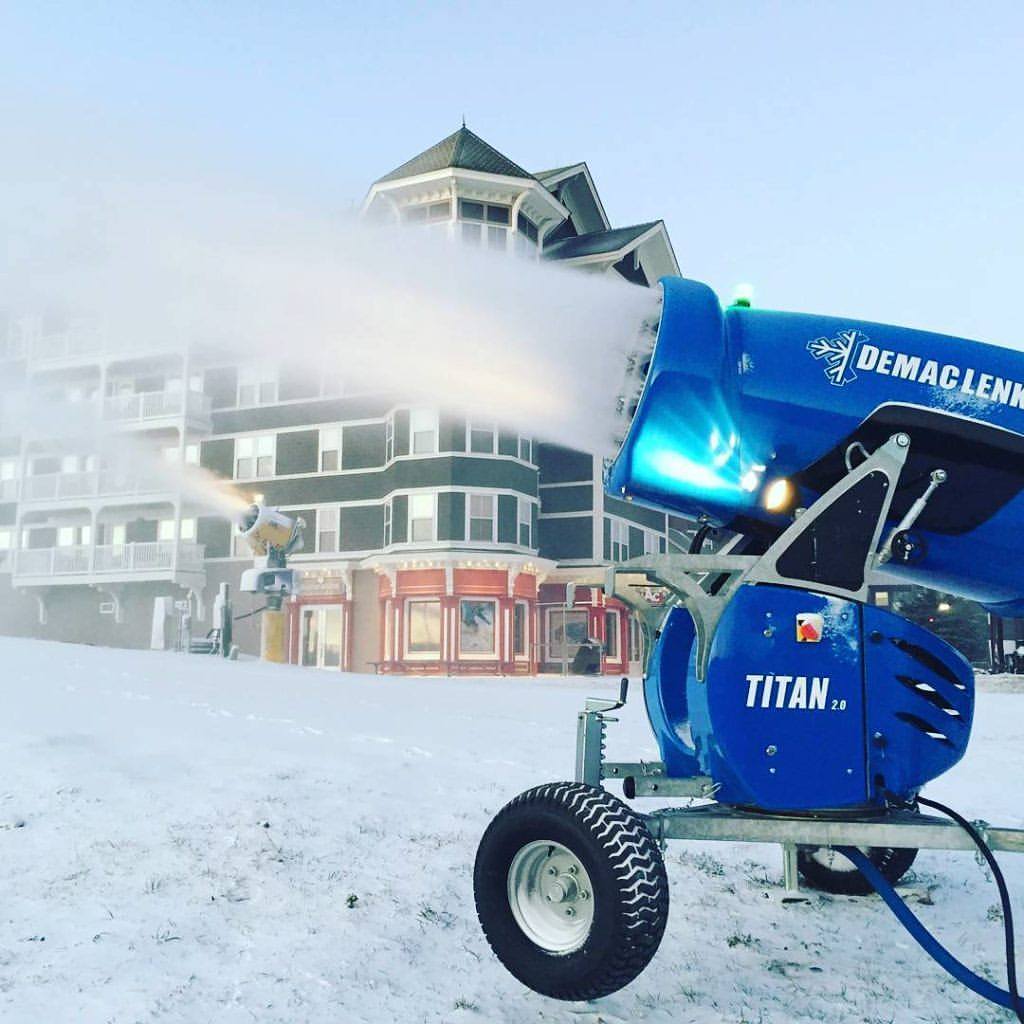The Art of Snowmaking
The Art and Science of Snowmaking at Ski Resorts
Snow-covered slopes are synonymous with winter fun at ski resorts, but what many may not realize is that a significant amount of that snow is not a gift from nature but a result of meticulous human intervention. Enter the fascinating world of snowmaking, where science and technology collaborate to create the perfect powder for skiing enthusiasts.
The Basics of Snowmaking
At the heart of this process are snowmaking machines, sophisticated devices designed to mimic the natural formation of snow. Ski resorts typically deploy a variety of snowmaking equipment strategically across their slopes. These machines operate by combining water, air, and sometimes nucleating agents to produce tiny ice crystals.
The Ingredients: Water, Air, and More
Water is the essential ingredient for snowmaking, and ski resorts often rely on nearby water sources like lakes or reservoirs. The water is then pressurized and pumped through a network of pipes to the snowmaking machines.
Compressed air plays a crucial role in the process. Snowmaking machines utilize high-pressure air to break the water into small droplets. These droplets are then released into the cold air, where the magic of snow formation begins.
In some cases, resorts introduce nucleating agents into the mix. These substances, which can include proteins or bacteria, serve as catalysts for ice crystal formation. By promoting the freezing process, nucleating agents enhance the quality and quantity of the snow produced.
The Timing
Snowmaking is a delicate dance with weather conditions. Resorts aim to make snow during optimal temperature and humidity ranges. Cold, dry conditions are ideal, as they facilitate rapid freezing of the water droplets, resulting in light and fluffy snow.
Resorts often work around the clock to take advantage of these weather windows. Some even employ teams of meteorologists to monitor weather patterns and optimize the timing of their snowmaking efforts. It’s a careful balance between maximizing snow production and minimizing energy consumption.
The Impact of Technology
Advancements in technology have significantly improved the efficiency of snowmaking. Modern snowmaking machines are equipped with computerized controls that allow operators to fine-tune the process based on real-time weather data. This level of precision ensures that resorts can produce high-quality snow while minimizing water and energy usage.
Sustainability in Snowmaking
As environmental awareness grows, ski resorts are increasingly adopting sustainable practices in their snowmaking processes. Some resorts use recycled or treated wastewater for snowmaking, reducing their reliance on freshwater sources. Additionally, advancements in energy-efficient snowmaking machines contribute to minimizing the environmental footprint of snow production.
The Importance of Snowmaking
Snowmaking isn’t just about ensuring a picturesque winter landscape; it’s a critical component of the ski industry’s viability. It allows resorts to extend their seasons, providing consistent conditions for skiers and snowboarders. Moreover, it mitigates the impact of unpredictable weather patterns, ensuring a reliable and enjoyable experience for winter sports enthusiasts.
In conclusion, the process of making snow at ski resorts is a fascinating blend of science, technology, and environmental consciousness. As we carve through the slopes, let’s take a moment to appreciate the intricate dance between nature and human ingenuity that brings the joy of winter sports to life.
